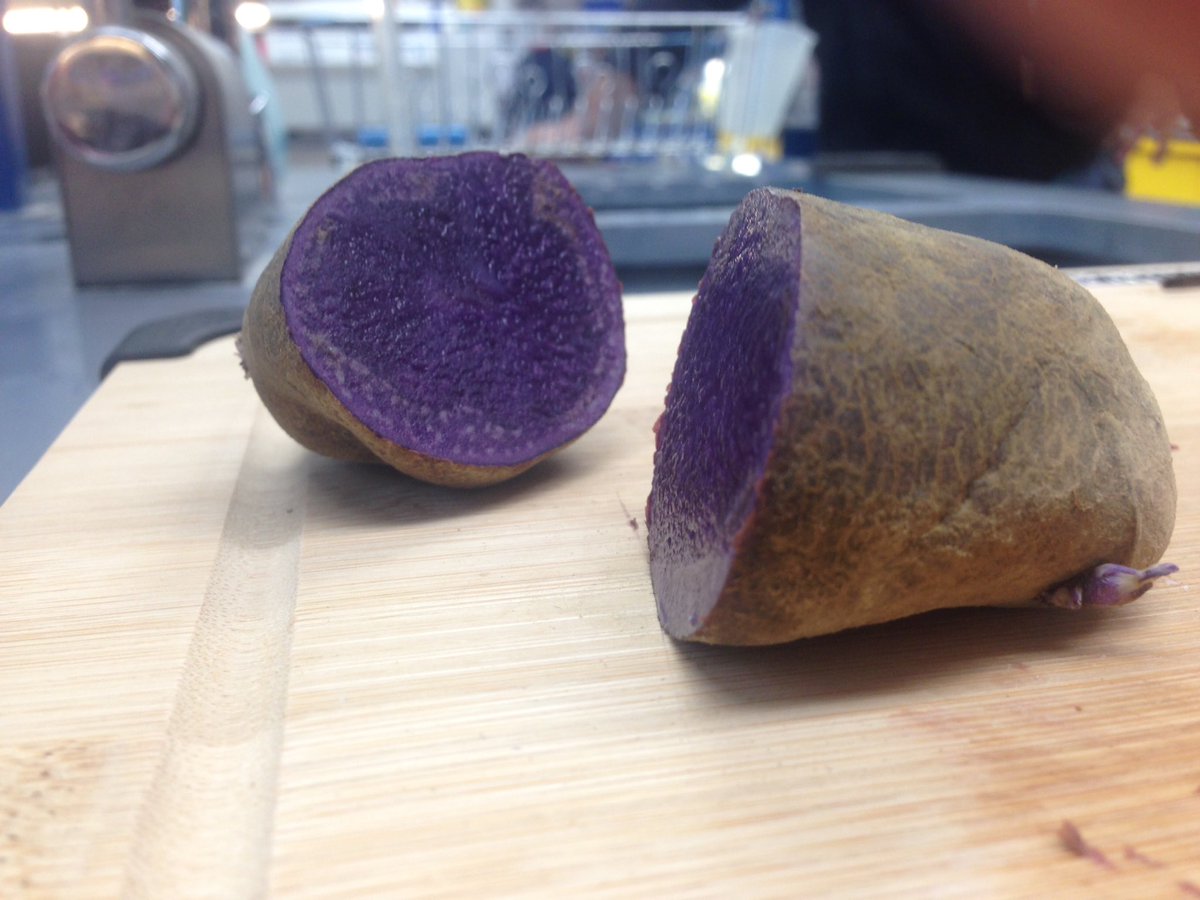Scientists at the Fredericton Research and Development Centre in New Brunswick held an open house Saturday to show members of the public what goes into getting potatoes from the fields to their tables.
Technology has come a long way since potatoes were first grown in eastern Canada, so the day gave researchers a chance to show how they’ve been able to improve the potato breeding and cultivating processes over the years.
“We have all kinds of new science emerging, so we can go much further in the knowledge and develop new best management practices and new technologies,” director of research Eric Van Bochove said at the event. “We see progress, of course, but we have also more threats.”
Pests can not only ruin a current crop but can even create lasting effects on plants, jeopardizing their ability to produce usable potatoes in the future. To combat this, researchers work not only with the potato itself but also with the insects that can cause such problems.
“When you grow them outside, there are plenty of pressures. It could be bacteria in the soil; it could be insects,” said post-doctoral researcher Sebastien Boquel. “My specialty is understanding the behavior of aphids to reduce the spread of a certain virus, potato virus Y.”
Each year, approximately 200,000 varieties of potato are cultivated by potato research scientists in Canada’s Maritime provinces, who cross-breed different varieties to find the best of the best.
“Developing a new potato product on the market takes time,” said Benoit Bizimungu, a potato breeding research scientist. “We need to bring together different traits that will be beneficial to the consumers, to the growers and to the whole industry overall.”
 Many varieties of potato currently being researched were on display along with some more colorful imported specialties.
Many varieties of potato currently being researched were on display along with some more colorful imported specialties.
“A lot of these colored varieties have a lot of nutritional qualities,” said research scientist Helen Tai, who was showing off purple potatoes, many of which grow naturally in South America. “And some of those nutritional qualities are the same things that you would find in blueberries—they’re antioxidants.”
Tai insists the purple potato is delicious, although she understands most people’s hesitation to try it.
In North America and Europe, the potato is typically bland in color, but elsewhere in the world they run the whole spectrum of the rainbow.
“It’s not really about why the potato is purple, it’s about why the potato is white,” said Tai. “because the potato is actually naturally multi-colored. So the question is, how did we get to the white potato?”
Source: Global News